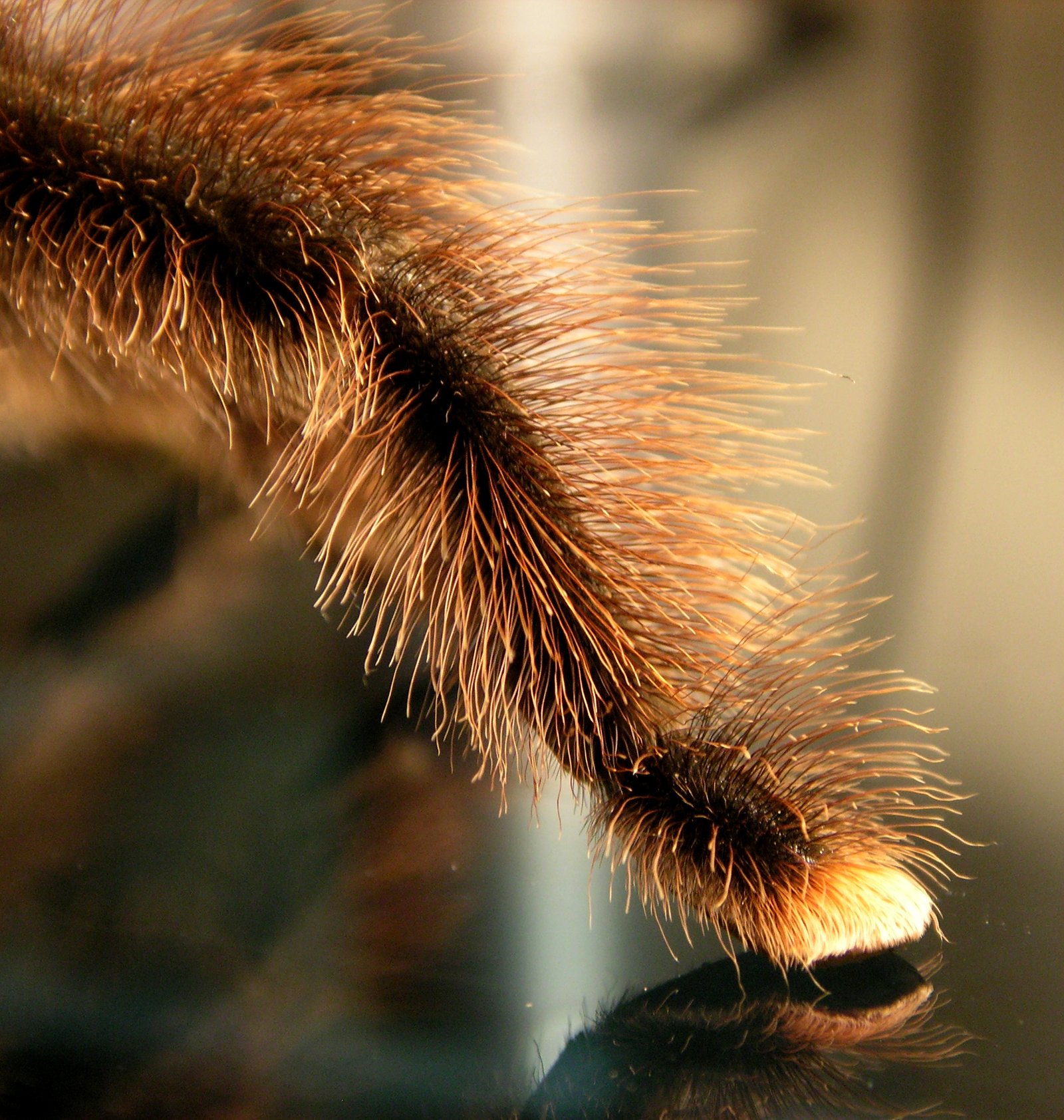The Spider’s Feet: What Features Make Them Special?
Facts About the Spider’s Feet

In the world of arachnids, the spider stands out as a master engineer, its body adorned with a fascinating array of adaptations. Among these marvels are its feet, a vital component of its predatory prowess and survival.
While often overlooked, the structure and function of a spider’s feet are a testament to millions of years of evolution, finely tuned for the demands of its life.
Spiders belong to the class Arachnida, a diverse group of arthropods characterized by eight legs. Their feet, more accurately termed tarsi, are equipped with specialized structures that vary in shape and function across different species.
Evolution has sculpted these appendages to cater to the spider’s needs, from hunting to navigation, and even silk production.
Read also: What Are The Spiders In Las Vegas?
What are the Features of the Spider’s Feet that Make it Special?
- Setae:
One of the most interesting features of a spider’s feet is their ability to cling effortlessly to various surfaces. This is made possible by microscopic hairs on their feet called setae, which cover the tarsi and form adhesive pads.
These setae create molecular forces known as van der Waals forces, which enable the spider to stick to surfaces.
The arrangement of setae varies among species, with some spiders possessing elaborate structures like scopulae or specialized tufts of setae.
These adaptations allow spiders to scale vertical walls, traverse ceilings, and even move across water surfaces with ease. Whether stalking prey or seeking refuge, the spider’s adhesive pads are indispensable tools in its arsenal.
- Silk Glands:
Aside from their adhesive prowess, a spider’s feet play a crucial role in silk production and manipulation. Silk glands located within the spider’s abdomen produce the silk, which is then extruded through spinnerets located near the rear of the body.
During silk production, a spider uses its hind legs to pull and stretch the silk thread, while the middle legs manipulate its shape and direction.
This coordination of leg movements allows the spider to weave intricate patterns and structures tailored to its needs.
The silk produced by spiders is one of nature’s most remarkable materials, possessing extraordinary strength and elasticity.
- Sensory Organs:
Another remarkable feature is their silk manipulation; a spider’s feet also serve as sensory organs, providing vital information about its environment.
Tiny bristles and sensilla, specialized sensory receptors, detect vibrations, chemicals, and even airflow, allowing the spider to perceive its surroundings with remarkable acuity.
These sensory capabilities are particularly crucial for hunting spiders, enabling them to detect the slightest movements of prey or the approach of potential predators.
For hunting spiders, the structure of their feet is finely tuned for capturing prey. Some species possess specialized claws or serrated setae that enhance their grip on struggling victims, while others have evolved to mimic the texture and color of their surroundings for stealthy ambushes.
The versatility of a spider’s feet allows it to adapt to a wide range of hunting strategies, from active pursuit to patient waiting.
Read also: Texas Wolf Spider: 4 fascinating facts you should know
Conclusion
In their unique nature, the spider’s feet emerge as a masterpiece of evolutionary ingenuity.
From their adhesive pads to their role in silk production and sensory perception, these creatures embody unique adaptations that have allowed spiders to thrive in diverse ecosystems for millions of years.
As we explore the secrets of the natural world, the study of spiders’ feet continues to uncover new insights into the wonders of adaptation and survival.
By understanding the mysteries of these tiny yet extraordinary creatures, we gain a greater appreciation for the wonder of the world around us. Thank you for reading!

